by Melanie Crew
Contributing Writer
VJ Anthony, purveyor of all things ’80s and Retro and one of Atlanta’s only Video DJs, will be throwing a righteous party of ’80s proportions, ICON: 80s Music Video Dance Night, the Guilty Pleasures: Dance Songs You Hate to Love Edition at ‘Club Famous’, the back room of Famous Pub, this Friday, April 11 and every Friday in the foreseeable future! He will spin you right ‘round with all the MTV videos you’ve been missing! So, ditch whatever lame thing you were doing and rock on down to Famous Pub for a taste of nostalgia doused in new wave, a little dark underground as well as videos from Madonna to The Cure, with a little Sisters of Mercy, Depeche Mode and Siouxe thrown into the mix!
VJ Anthony hails from Florida and has been jockeying those discs for over 25 years. After settling in Atlanta, he slinked right into the Atlanta underground Goth and Industrial scene, helping launch Heels & Whips, an underground fetish club and was also the resident DJ at the Masquerade’s Club Fetish, which eventually led to the opening of Atlanta’s den of dirty deeds, The Chamber, which closed its doors in 2005. In 2007, VJ Anthony added video projectors to his set-up and has been digging deep into the huge collection of videos he’s accumulated since the “dawn of MTV’,” delivering the perfect combination of visual and audio experiences at his dance party events. He was resident DJ at 688 Club; Future, which was located at Underground Atlanta and has since closed; the Mark Ultra Lounge (now the Sidebar); and The Shelter, where he hosted regular ’80s/’90s music video nights. He could also be found dishing out danceable visual experiences at the Bootie ATL dance parties, which were held monthly at The Shelter.
If you have a craving for the ’80s and are feeling a little nostalgic for the good ole days when MTV actually played music videos, rock on down to the Famous Pub every Friday from 10 pm to 3 am and let VJ Anthony do a number on your senses!
ATLRetro caught up with VJ Anthony for a quick interview about the life of a DJ/VJ, his exciting venture into the land of ICON: 80s, his HUGE music video collection and his absolute devotion to clean bathrooms!
Since ICON: 80s Music Video  Dance night is one of your new ventures, following your stint as resident VJ for The Shelter’s 80s/90s Music Video Dance Nights, can you let our readers know what sort of exciting things to expect when they come out to the Famous Pub (Club Famous) for your event?
Dance night is one of your new ventures, following your stint as resident VJ for The Shelter’s 80s/90s Music Video Dance Nights, can you let our readers know what sort of exciting things to expect when they come out to the Famous Pub (Club Famous) for your event?
First off, the space is incredible—a best-kept-secret kind of thing. They can expect to hear old favorites they might not have heard in years and some they might have missed back in the day. The best part, to me, is the video aspect. Ninety-nine percent of the time, I have the video for the song, so you quite literally see what you’re hearing. This is a dance night, but people who prefer to sit at the bar won’t feel uncomfortable. There are a number of flat screens, as well as a couple of projector screens around the club.
How do you choose what you will play/show at your music video nights? Is it random picks? Audience requests? Or do you plan each night specifically?
I can feel out the crowd pretty well after 25-plus years, but I do play requests! They have to be a good fit, but requests are welcome. I want people to have fun—and come back!
You’ve done special nights recently, with the “John Hughes” and “The Lost Boys” editions. What other special editions would you like to see come to fruition and why?
I think the plan is this: The first and third Fridays will be Icon: 80s, strictly 80s, with loose themes. I always loved the fantasy movies from the 80s – think DARK CRYSTAL and LABYRINTH – so I think that one will be heading to Icon: 80s very soon. There will also be tribute nights to individual bands such as Duran Duran, The Cure or Depeche Mode, that will showcase their prolific video catalogs throughout the night. The second and fourth Fridays will be “Guilty Pleasures”—mostly 80s, with some 70s and 90s thrown in. Songs you love to hate, or songs you hate to love. It will be kind of like a test to see if people are brave enough to dance to some embarrassing but fun songs.
What is your favorite 80s genre or performer and why? What or who can’t you get enough of?
I can narrow the genre part a bit by saying I really love new wave, Goth, ethereal and industrial. Electronic bands with synths, like Blancmange, Depeche Mode and Yello; Goth and industrial bands with a dance element, like Sisters of Mercy, Xymox, Front 242 and Skinny Puppy; ethereal bands that are calming and beautiful, like Cocteau Twins, Raison d’Etre and Dead Can Dance. The record labels 4AD and Wax Trax! are to blame.
So, you’ve “collected music videos since the dawn of MTV.” When did you begin your collection and why did you collect them?
My grandmother bought me a Betamax in the early 80s and I was fortunate enough to have MTV from the very first airing on August 1, 1981. I quickly discovered many new bands and was really attracted to the new wave sound coming from the UK. In 1986, MTV‘s 120 Minutes program gave alternative bands a huge push and exposed many to the Goth and industrial world.
How many 80’s music videos would you say you have? Which are your favorites?
Currently, I have around 10,000 videos. For many of these, I have transferred the video from Betamax, Laserdisc or VHS. Often, I’ve had to replace the audio track with a clean CD source for the best club sound. My favorites are concept videos; they have a story to tell, like a mini movie. They usually have bad acting from band members who are suddenly forced to make a music video. This sort of campy video can never be reproduced in today’s music video world.
You also hold a “BLACK OUT” version of your 80s Music Video Dance Night. Can you tell our readers a little about how it differs from the regular event and about what to expect?
Black Out is the fourth Saturday each month, also held in the back of Famous Pub. It’s actually not a version of my 80s dance night, though I can see why it might seem to be. It’s still a music video night held at the same venue, but it’s specifically Goth and industrial. To be fair, though, there is some crossover. At Black Out, you’ll hear things like Bauha us and Peter Murphy, Joy Division, Wolfsheim, Sisters of Mercy, Siouxsie, Wumpscut, Cocteau Twins, Nitzer Ebb, VNV Nation and Covenant.
us and Peter Murphy, Joy Division, Wolfsheim, Sisters of Mercy, Siouxsie, Wumpscut, Cocteau Twins, Nitzer Ebb, VNV Nation and Covenant.
You’ve been a part of Atlanta’s underground Goth and Industrial scene for quite some time, with your involvement with the underground fetish club Heels & Whips, Club Fetish held at the Masquerade, and the Chamber. What drew you to the dark side?
Although I love “up” music too – Oingo Boingo, Erasure, Howard Jones – I just like the feel of some of the darker music more. Maybe it’s in the sad chord changes or keys they’re played in… not sure. It definitely wasn’t the stilettos. Ouch.
Did you have a particular calling to become a DJ and then a VJ? What does the road to a DJ/VJ look like?
I never heard enough of the music I really loved when I went out to clubs, so I started learning how to DJ for myself, then parties, then clubs. I was always in love with the video aspect, so it just felt like a natural progression to me.
Just as I went from tapes to vinyl to CDs to digital, I went from Beta and VHS to DVDs to digital. I don’t play MP3s, though, unless it’s absolutely the only way to get the song. The road has been long, but lots of fun. It’s definitely a lot lighter now than it was back then!
Who are some of your favorite DJs/music purveyors and influences?
DJ OMAC [Roy Miller] in New York and DJ Rob in Tampa. I’ve heard a few sets I’ve really liked from various “famous” DJs, but I can’t remember any off-hand. I don’t think I was influenced by any DJ in particular, but even DJs run up to the booth to ask what that last song was!
Having worked at many clubs in many different cities, which gig would you say was your favorite?
I don’t really have a favorite club or city. It’s about the energy of the crowd. I love it when the music itself is what brings them [the audience] out and moves them, figuratively or literally. The most important tangible things I want to see in a club are a really good sound system and clean bathrooms – which Famous Pub has! Everything else—like crazy lights and cool art—is really incidental.
If you could have a dream gig, where would it be and how would it run?
I would love a weekly dark eighties night in a club not unlike some of the seedy ones in 80s movies. But I want clean bathrooms!
How does it feel to be established as one of Atlanta’s only video DJs?
I haven’t really ever thought about it. I don’t know of any other VJ in Atlanta who works in the same genres I do, but I have to give a shout-out to Bill Berdeaux, resident VJ at Blake’s. I learned a lot from him (and he’s a super nice guy!).
Do you think the nostalgia of the 80s will keep people coming back for more?
You know, I think it will. People already had that nostalgia in the early 90s, when the 80s were barely over. It was huge in the mid- and late-90s. It’s big again today. Hell, I hear people who are currently in high school and college going on about some obscure 80s band. It’s weird, but it makes me happy. There was just that *something* about it…
Any special plans for your upcoming April 11th ICON 80s: Music Video Dance Night event?
There’s an Absolut Vodka promotion that night, so the name was easy: Absolut Guilt! (That’s the second Friday, so it’s a Guilty Pleasures edition.)
What’s next for VJ Anthony?
A 70s disco and funk night and few other surprises while I get my own business “on the road,” but that’s another story!
What question do you wish somebody would ask you and what’s the answer?
How do I feel before, during and after a gig after 25+ years of DJ/VJing? I am still nervous as hell, every time!
Can you tell us something you’d like folks to know about you that they don’t know already?
Ironically, I am not comfortable in a large crowd of people. The DJ booth helps keep me in a small personal zone, which makes it easier to interact with just a few people at a time. I guess I have social anxiety, but only when the number of people creeps above eight or so.
All photographs are courtesy of VJ Anthony and used with permission.


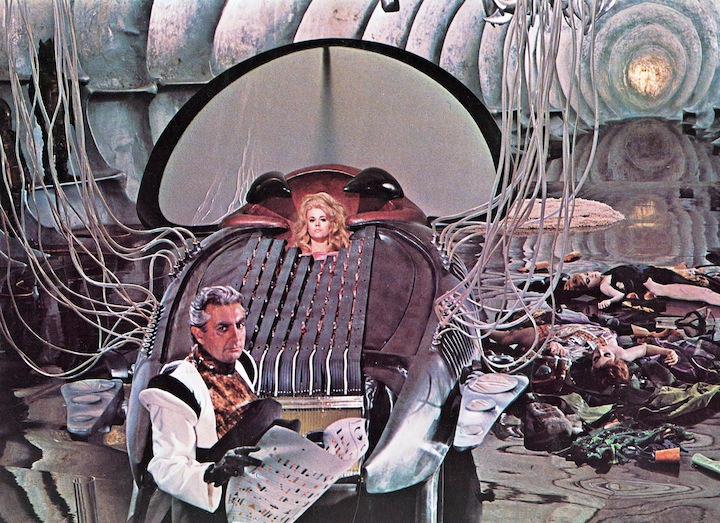
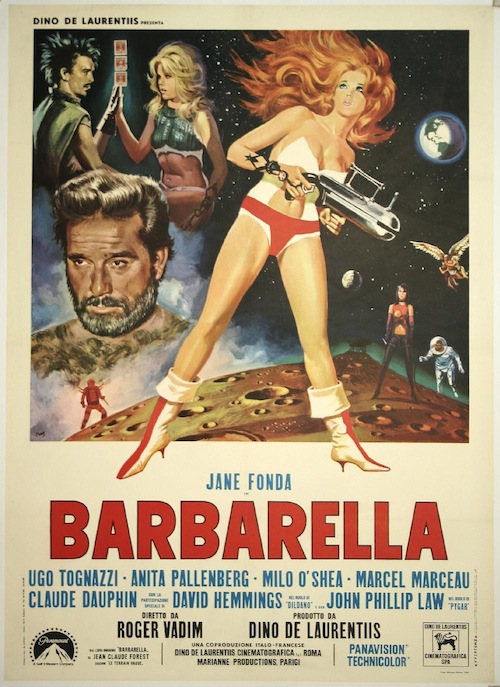


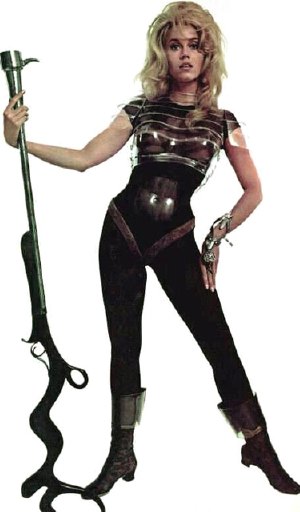
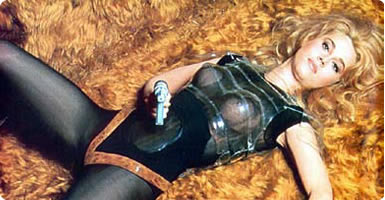
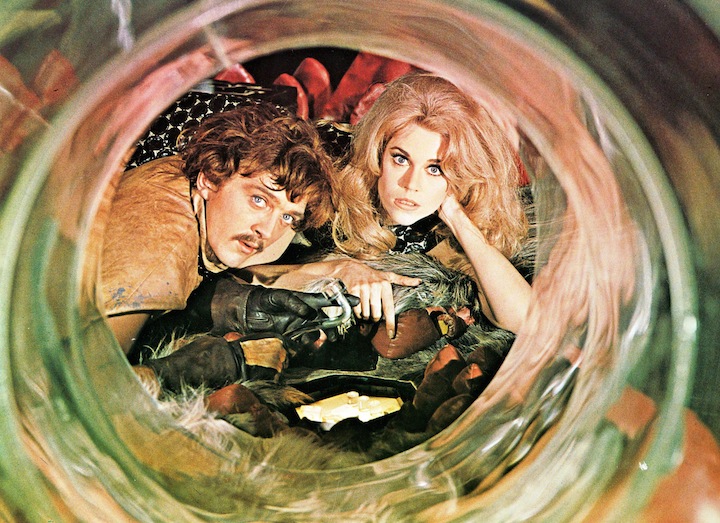
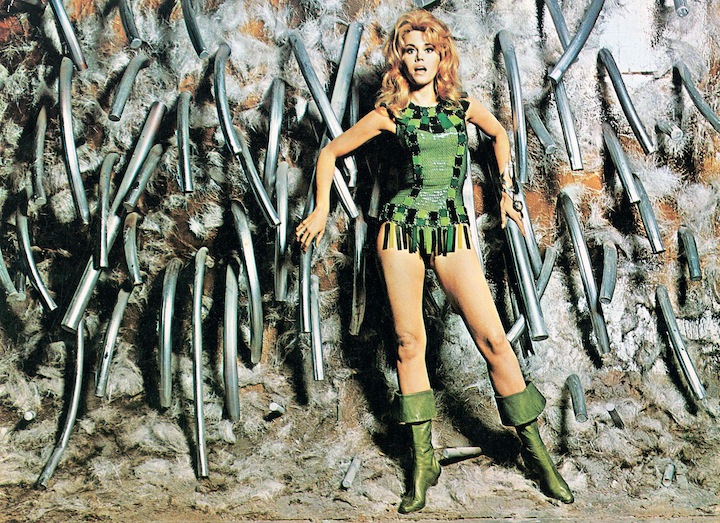
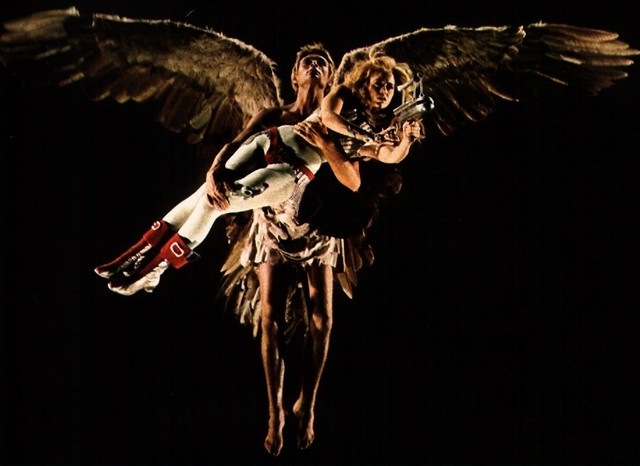

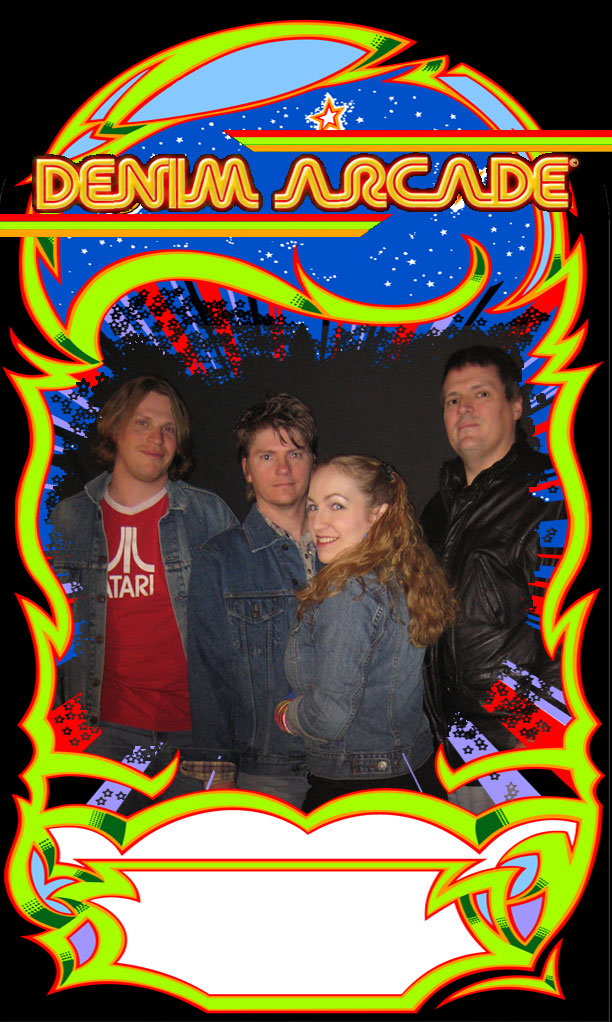

 Thursday April 7
Thursday April 7